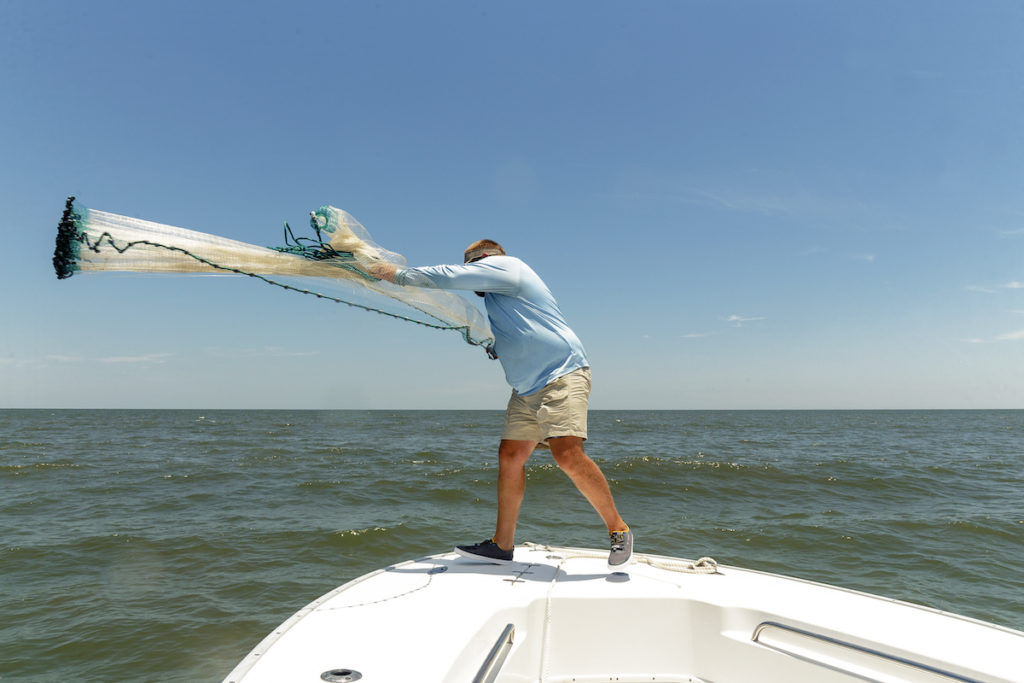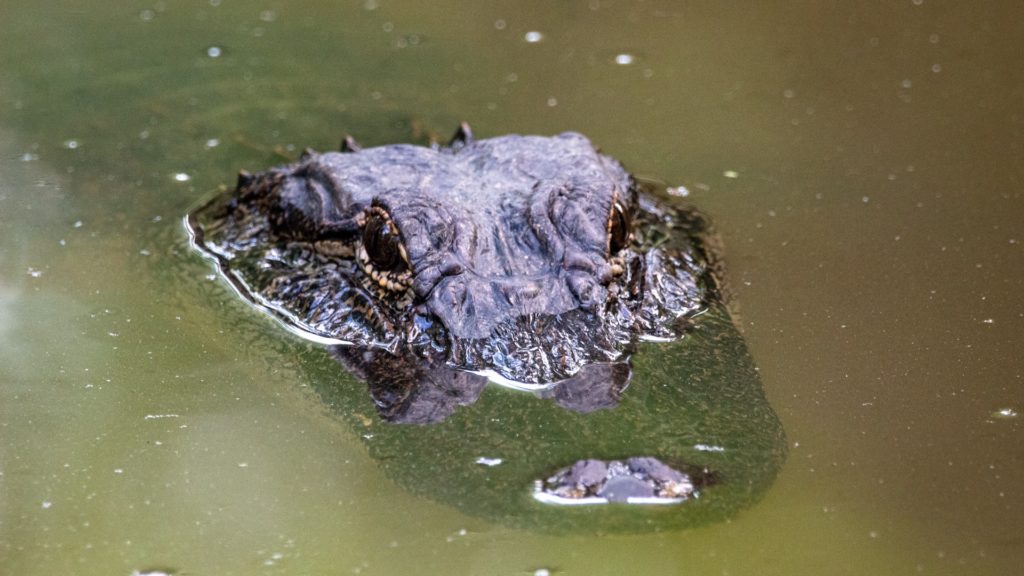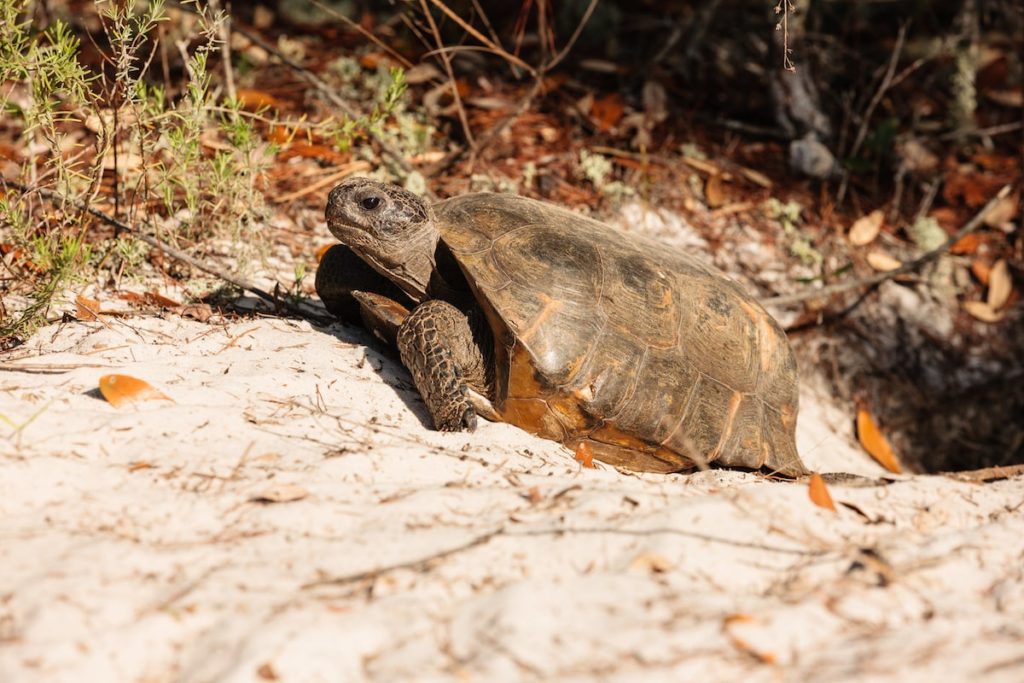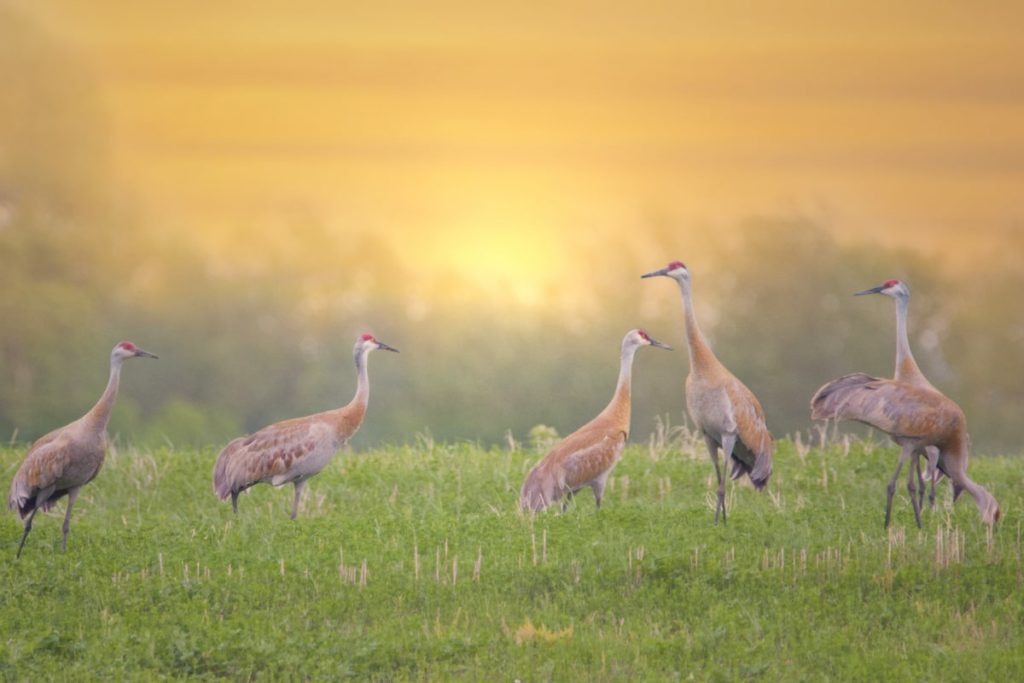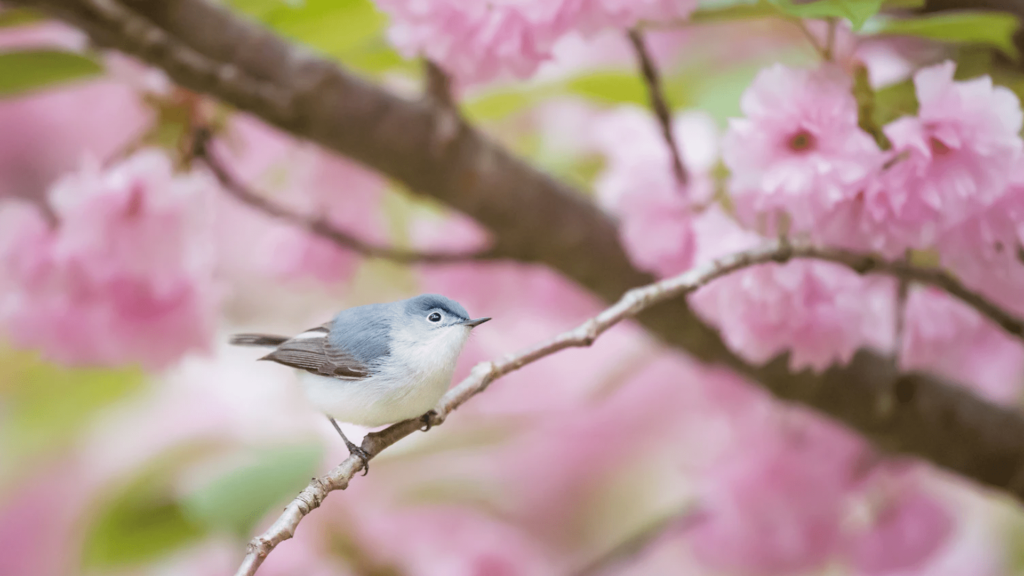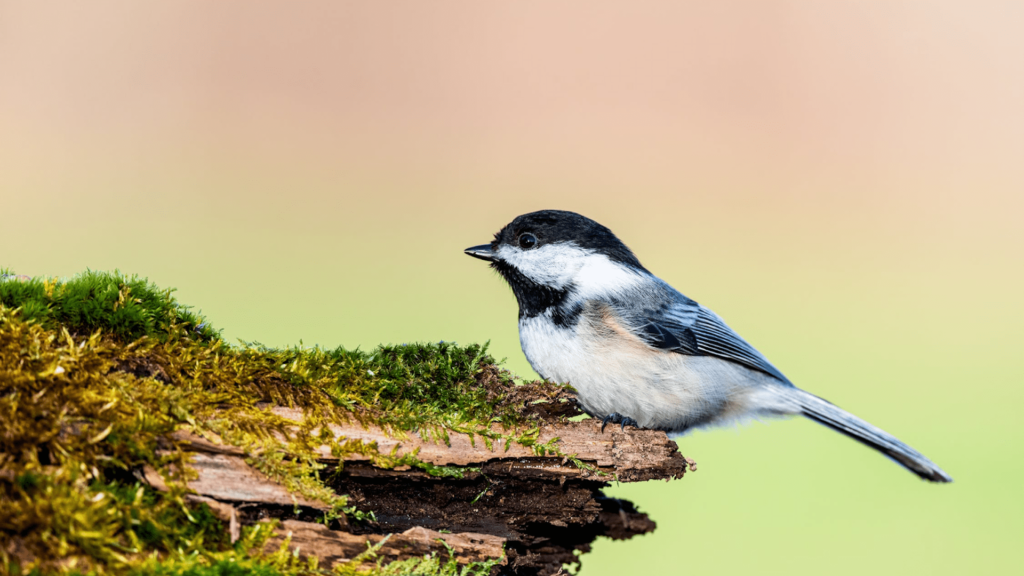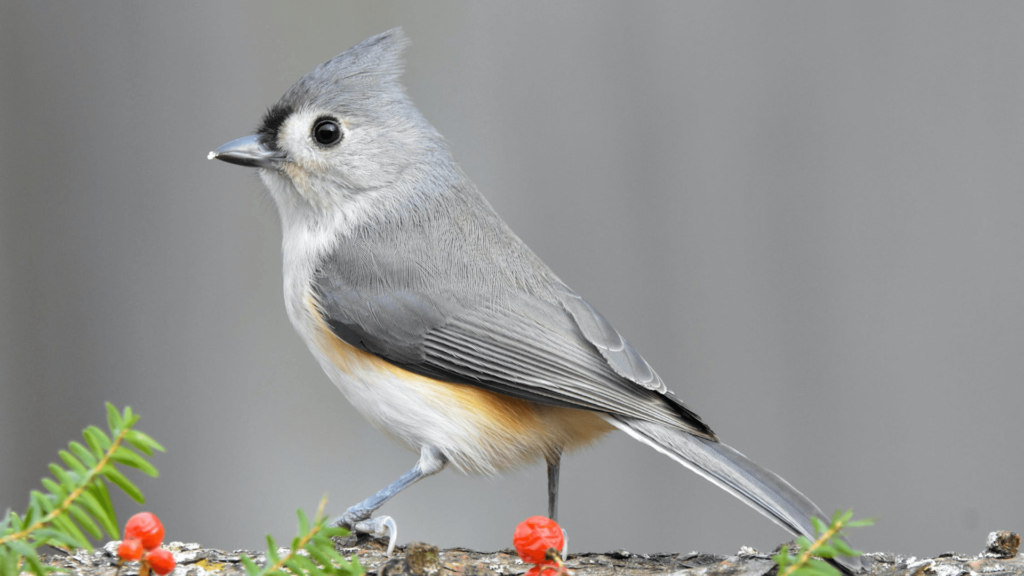Families have been vacationing or living full-time at The Ford Field & River Club for decades. With 1,800 acres of natural splendor filled with endless opportunities for fun and adventure, it’s the kind of place where new traditions come easily.
The Ford’s magical setting delights adults and kids alike—young ones will love making friendships that will last a lifetime. Here are some of the unforgettable memories your kids will make—both with and without you—while at The Ford.
Interactive Lessons at the Naturalist Center & Oyster House
On-site naturalist Brittany Dodge makes learning about wildlife and the environment fun for all ages. Kids can learn how to live harmoniously with nature through habitat preservation activities, up-close encounters with wildlife creatures and explorations around the lowcountry grounds.
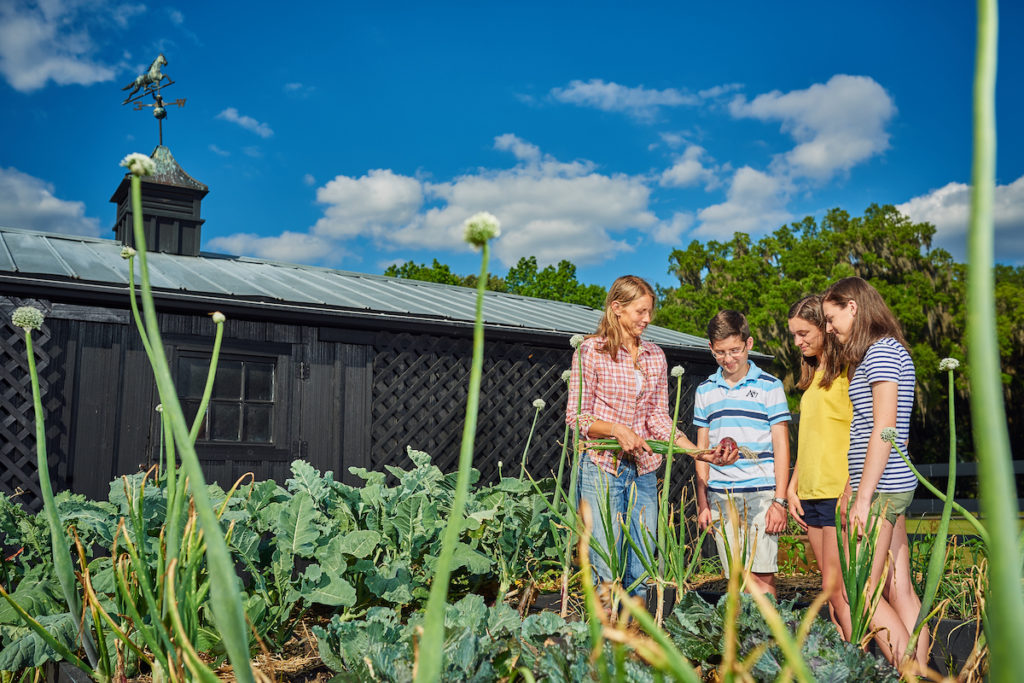
Cooling Off With an Epic Swim
The Ford has two swimming pools, one at The Main House and one at the Lake Dye Complex. While The Main House pool is best for leisurely days of sun and relaxation, the Lake Dye Pool is designed to be family-friendly, with a kiddie pool, hot tub and adjacent grill and Sports Barn.

Fishing on the Ogeechee River
The Ford enjoys four miles of Ogeechee River frontage, perfect for fishing. The river supports a healthy ecosystem of freshwater fish, including largemouth bass (most abundant during the springtime), catfish, crappie and redbreast sunfish.
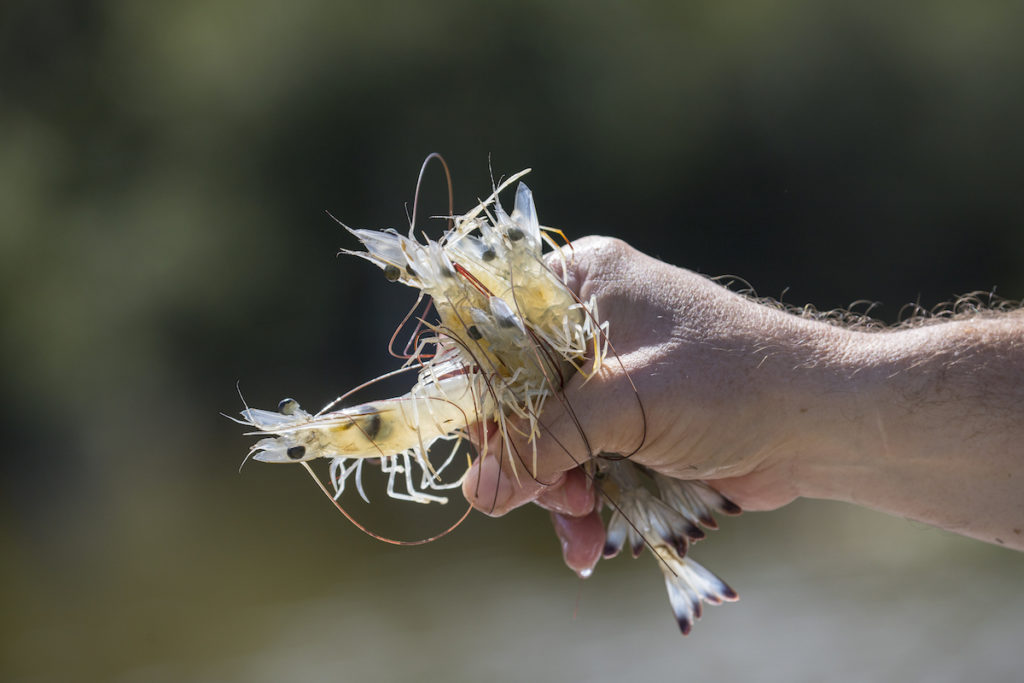
Horseback Riding Lessons
Kids of all skill levels are invited to take lessons and saddle up for trail rides at the on-site Equestrian Center. Members can board their own horses or borrow one of The Ford’s for a day of lessons or leisurely rides through the property’s 10 miles of trails.

Golf on the Pete Dye-Designed Course
This scenic, award-winning course is open to golfers of every skill level. The no-tee-times course is challenging enough for pros, while still offering fun for the whole family. Kids can enjoy playing the course with their family or friends year-round, and every week, we offer a clinic for junior golfers to learn etiquette and rules and improve their game.

Enjoy a Little Healthy Competition
In and adjacent to the Sports Barn, find pickleball, tennis and squash courts; a dock for canoeing and kayaking and cycling trails. Adventure is calling, and here at The Ford, kids will have a blast answering on their terms.

Learn to Shoot Like Katniss with Archery Lessons
The Ford’s on-property archery range gives new shooters an opportunity to learn more about the sport and provides a setting for the seasoned archer to practice prior to an actual hunt. A wide variety of 3D targets, including deer and wild hog, replicates real hunting situations. As an added bonus, we also have a BB and pellet gun range for junior shooters. Members of the Outdoor Pursuits team assist in instructing all junior participants. Private archery lessons with the Atlas Target Thrower or at the 3D archery range are also available.

Kids Crabbing and Shrimping
Kids will learn how to catch and clean crabs and use a cast net to catch shrimp from Lake Clara. This seasonal activity is an excellent way to expose children to some of the wonderful bounty of the Lowcountry.
